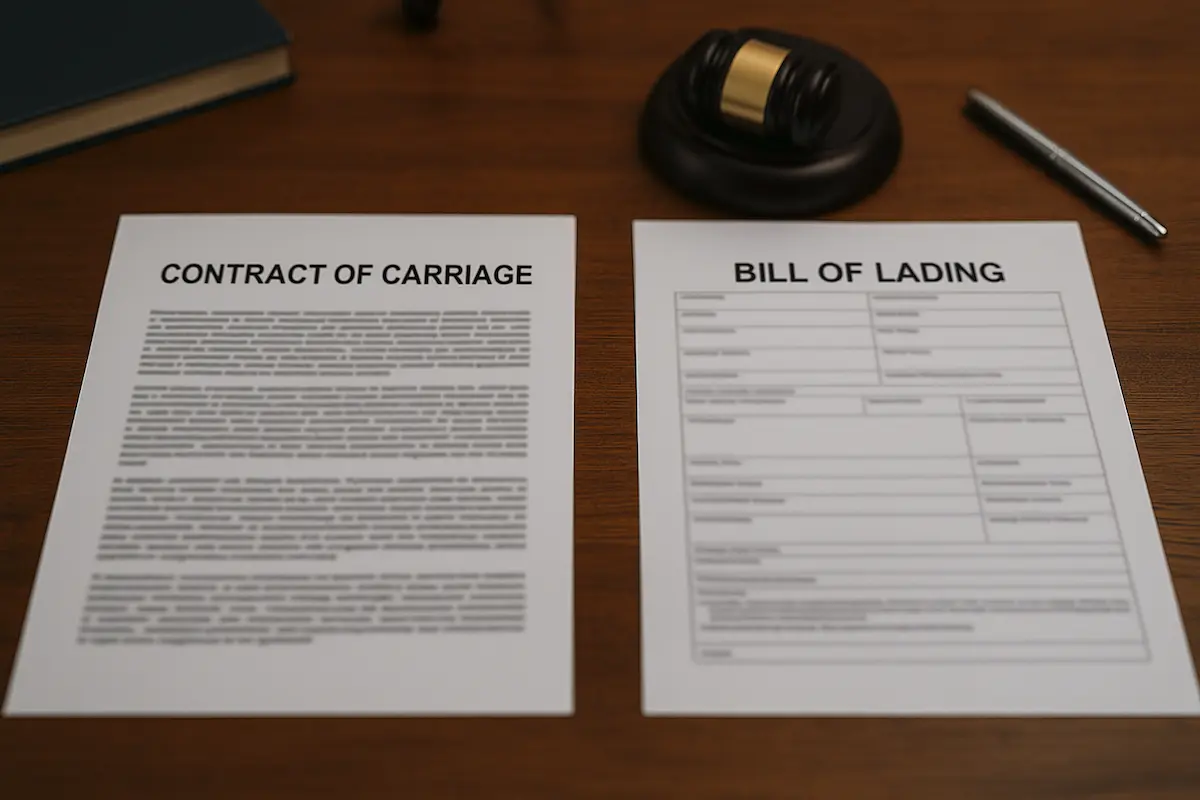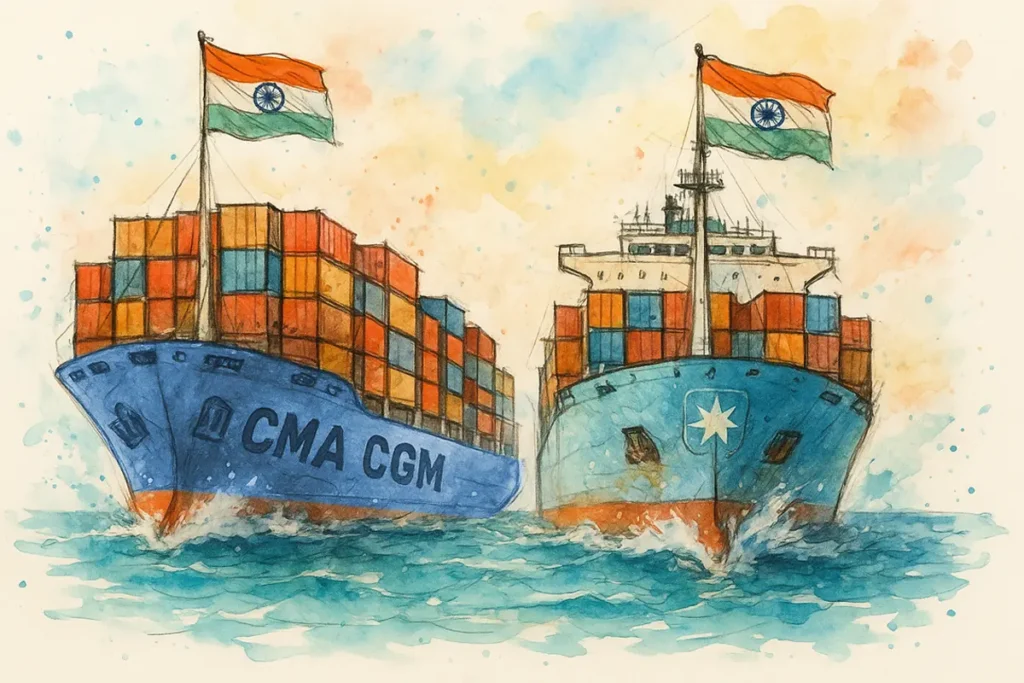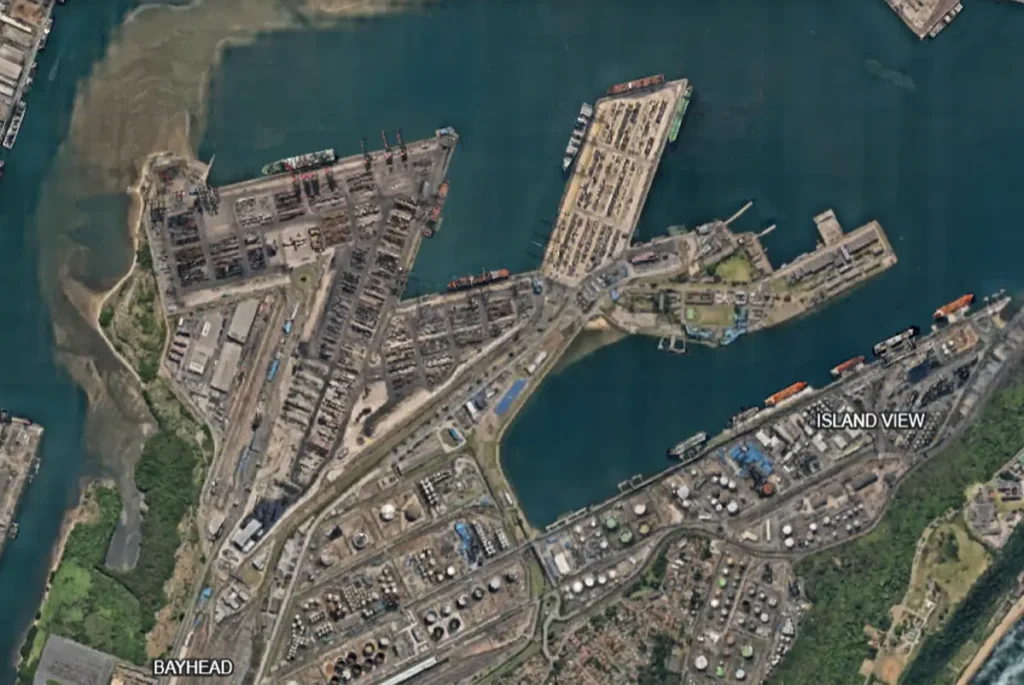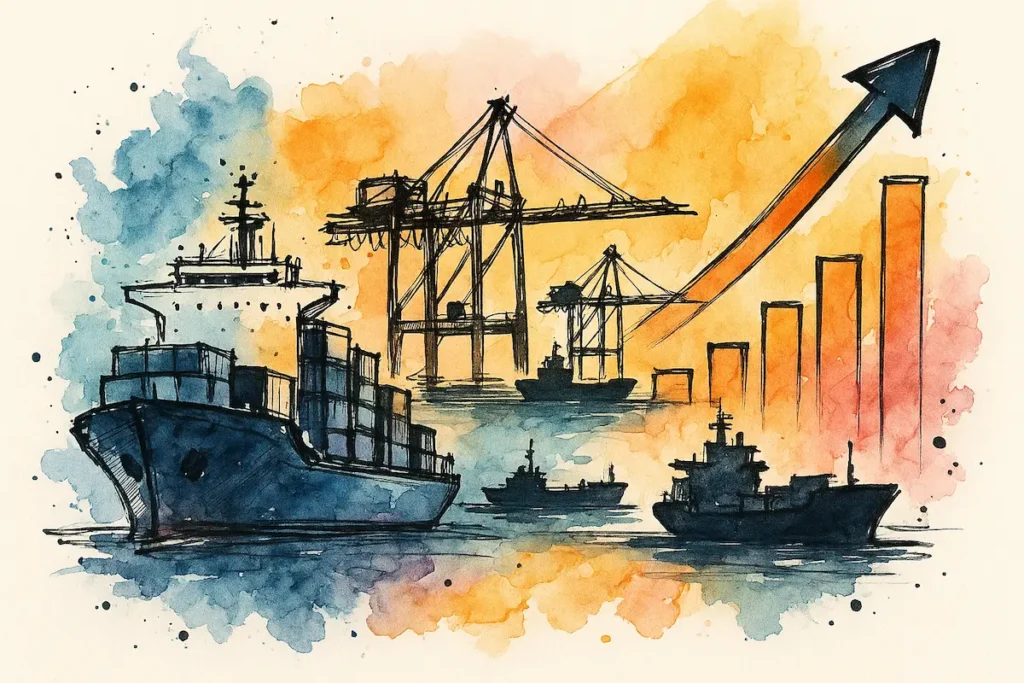In continuation of my previous post addressing a reader’s insightful questions on Bills of Lading, here is the second question and my response.. Colored text is query from my reader..
Q2: A Bill of Lading is not necessarily evidence of a contract of carriage between ship owner and shipper. Many vessels are chartered, and the B/L issued by the operator of the vessel. (Kindly elaborate. I am not sure that I understand.)
A2: This is a valid and often misunderstood statement, especially when we examine the legal standing of a Bill of Lading (B/L) in different shipping arrangements..
Liner Shipping
In regular commercial liner shipping, where shippers book cargo with a carrier (such as Maersk, Hapag-Lloyd etc), the contract for the carriage of the goods is entered into at the time of booking, long before the bill of lading comes into play..
Imagine this common scenario:
A booking agent or freight forwarder contacts a shipping line, by phone, email, or through an online booking system with the request
“Please book 2 x 40’ containers from Durban to Singapore on the XYZ Express, Voyage 102, sailing July 30, at the quoted rate of USD 1,350/40′.”
The shipping line responds (by return email, a booking confirmation PDF, or a portal notification):
“Booking confirmed. Space allocated. Subject to our standard terms and conditions under our Bill of Lading.”
And BOOM, just like that, a contract of carriage has been entered into, even though no physical document (like a B/L) has been issued yet, and a legally binding contract is in place based on offer, acceptance, consideration, and intent..
So, in this context, the Bill of Lading is not the contract itself, it is evidence of a pre-existing contract once goods are received and shipped..
Charter Party Shipping (e.g., bulk or tanker cargo)
When the charter of a ship is involved (such as a voyage or time charter), the contract of carriage is governed by the charter party agreement between the shipowner and the charterer..
- The B/L issued under a charter party is typically just a cargo receipt and may also act as a document of title, depending on how it is issued and which jurisdiction is involved..
- If the charterer decides to do a high seas sale while the cargo is in transit, the B/L can be transferred to the buyer as a document of title, but the underlying contract is still the charter party, not the bill of lading..
This principle was firmly established in the case of Rodocanachi v Milburn (1886), where the court held:
“As between the shipowners and the charterers, only the charter party constitutes the contract. The bill of lading is to be regarded merely as a receipt for the goods.”
Conclusion
So, to recap:
- In liner trade where charter parties do not feature, a bill of lading is generally evidence of a contract entered into earlier..
- In charter party trade, the bill of lading may not represent the contract of carriage between owner and charterer, because that is the role of the charter party agreement..
- In both cases, the role of the B/L depends on the relationship between the parties and the legal structure of the shipment..
Understanding this distinction is crucial, especially in cases where assumptions about the legal power of a B/L can lead to disputes if the nature of the carriage is misunderstood..
Bonus insights
If you are wondering (like I did) why a case from 1886 is still cited, it is because legal systems, especially common law systems like in the UK and many maritime jurisdictions, are built on precedent..
Unless a principle is overruled, it remains valid and Rodocanachi v Milburn has not been overturned.. It is often used as a starting point or anchor citation, especially in academic and contractual debates..
While Rodocanachi v Milburn remains a foundational case on the relationship between charterparties and bills of lading, its principle has been reaffirmed and refined by several modern decisions such as The Dunelmia and The Starsin, illustrating how the courts continue to adapt the doctrine to contemporary shipping practice..













